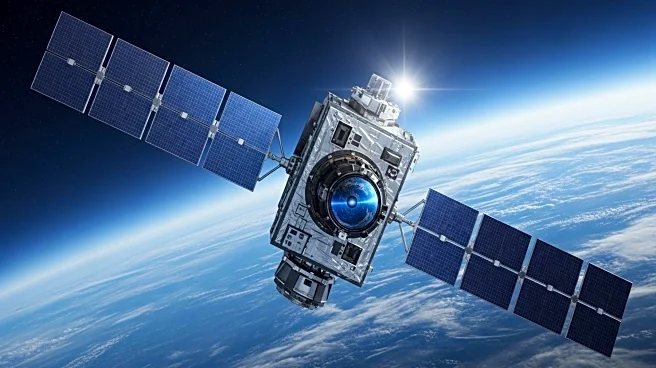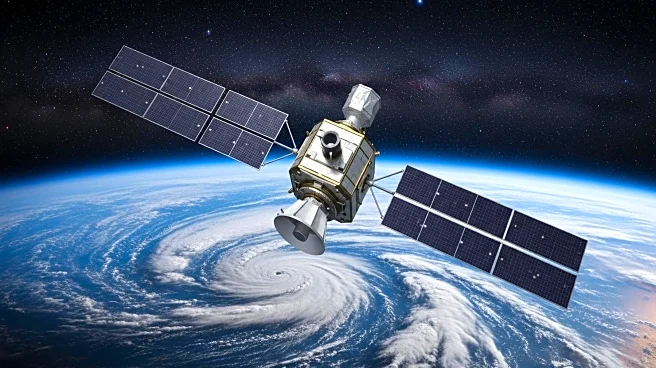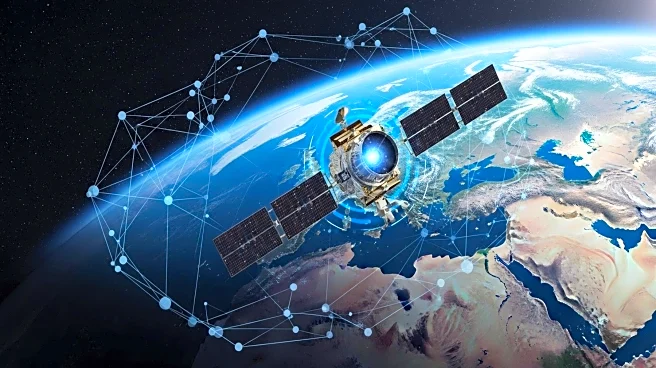Rapid Read • 8 min read
NASA's Langley Research Center is working with reinsurance companies to enhance models predicting hail risks using satellite data. This collaboration aims to provide more accurate assessments of severe storm distribution and frequency, leveraging long-term satellite data records. The recent hailstorm in southern Alberta, known as 'hailstorm alley,' caused significant damage, with winds reaching 93 miles per hour and hail the size of golf balls. The storm left a visible scar on the landscape, as captured by NASA's Terra and Aqua satellites. The damage affected farmland, grasslands, and forests, uprooting trees, damaging cars, and flattening crops. Insurers anticipate claims from this event, adding to the financial impact of hail damage in Alberta, which has totaled over 6 billion Canadian dollars in the past five years.
AD
The collaboration between NASA and reinsurance companies is crucial for improving the accuracy of hail risk assessments, which can significantly impact the insurance industry and agricultural stakeholders. Accurate models can help insurers better prepare for potential claims and assist farmers in mitigating crop damage risks. The financial toll of hail damage in Alberta highlights the need for improved predictive models to manage economic losses. By providing valuable insights into severe storm activity, NASA's satellite data can aid in developing strategies to reduce the impact of such natural events on affected communities and industries.
Insurers are expected to process claims related to the recent hailstorm in Alberta, which will contribute to the ongoing financial burden of hail damage in the region. The collaboration between NASA and reinsurance companies will continue to refine hail risk models, potentially leading to more effective insurance policies and risk management strategies. Farmers and local authorities may seek to implement measures to protect crops and infrastructure from future hail events, informed by improved predictive data.
The use of satellite data to quantify severe storm activity represents a significant advancement in meteorological research and risk assessment. This approach not only benefits the insurance industry but also contributes to broader scientific understanding of storm patterns and climate impacts. The collaboration underscores the importance of integrating technological advancements with practical applications to address real-world challenges posed by natural disasters.
AD
More Stories You Might Enjoy










